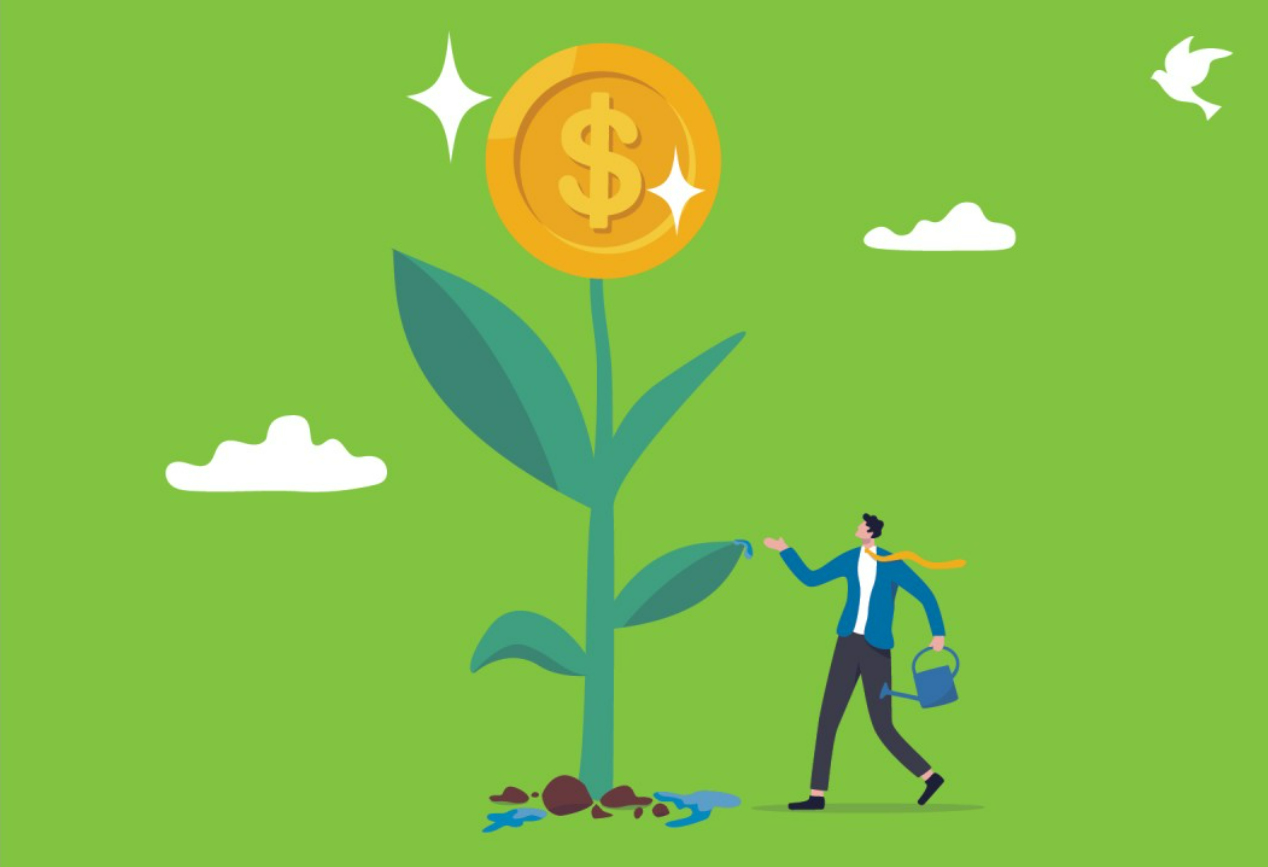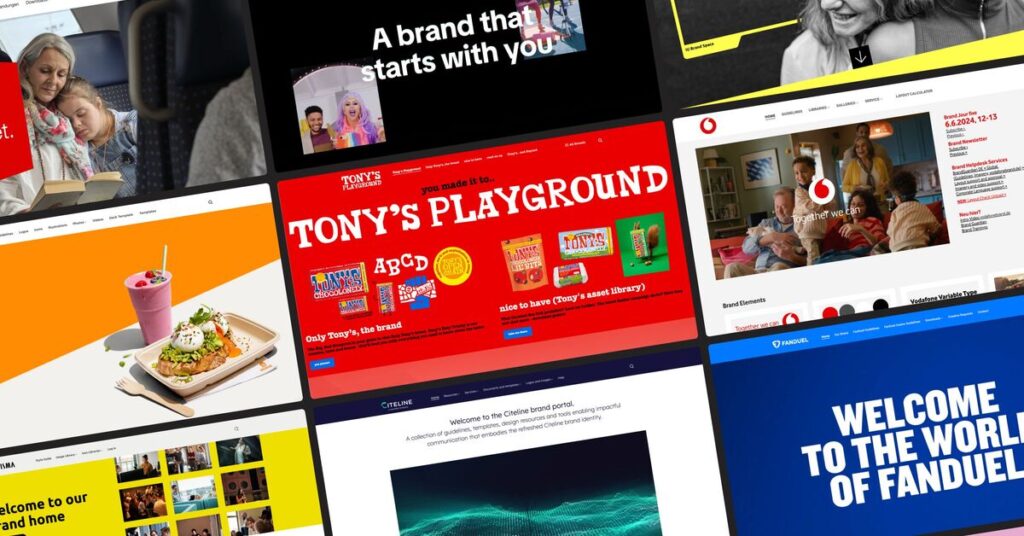In a world hurtling towards a new reality where consumption patterns and business models are under intense scrutiny, the imperative of framing sustainability changes in a positive light has emerged as a critical discourse. The era of unlimited travel, endless consumption, and unchecked work practices is swiftly fading into the past, challenging brands to adapt or face extinction. With our very way of life at stake, the familiar comforts of hopping on a plane or strolling through fully stocked supermarket aisles are becoming luxuries of a bygone era. The pursuit of success, coupled with the challenges of resource scarcity, regulatory crackdowns, and consumer demand for ethical practices, has driven brands to fundamentally rethink their approach to the future. Let’s have a look at how brands are and must dealing or deal with it.

Embracing Change with Positivity
Brands are particularly urged to rethink their business models and adapt to a new reality where notions of abundance and unchecked consumption are no longer viable. Gone are the days when businesses could operate without considering the environmental impact of their actions. The landscape is shifting, and companies are now confronted with the challenge of not just surviving but thriving in an era where resources are dwindling, regulations are tightening, and consumer expectations are evolving.

Turning Loss into Opportunity
The key question that businesses are now grappling with is no longer just about satisfying consumer needs, but about ensuring their own longevity. How can a brand remain relevant in the face of these imminent changes? It’s a daunting question, no doubt. However, they could adopt a refreshing approach – reframing the notion of loss as an opportunity for growth and innovation.

Redefining Success
Rather than viewing the transition to a more sustainable model as a series of sacrifices, brands can choose to see it as a chance to reinvent themselves, connect with consumers on a deeper level, and ultimately, secure their future in a rapidly transforming market. By embracing this mindset shift, companies can foster a culture of active hope and optimism, inspiring not only their audiences but also their leadership to join them on this journey towards a brighter, more sustainable tomorrow.

Illustrative Brand Examples of Positive Sustainability Initiatives
Here are five brand examples that showcase the shift toward embracing sustainability and positive change:
1.Patagonia
Patagonia‘s commitment to environmental activism and sustainable business practices is well-documented. The company’s environmental responsibility programs focus on reducing greenhouse gas emissions and conserving water. They have switched to using only organically grown cotton in all their products made from virgin cotton and are continuing to increase their use of preferred materials. They have also co-founded or joined numerous progressive coalitions to change the industry, including the Fair Labor Association, the Sustainable Apparel Coalition, and B Lab.
2. Unilever
Unilever has been driving an ambitious sustainability agenda for over two decades. Their focus areas include climate action, reducing plastic, regenerating agriculture, and raising living standards in their value chain. They have set a science-based target to reduce greenhouse gas emissions generated from its own operations and supply chain. They are also innovating to lower the footprint of their products.
3.Tesla
Tesla is a leader in the electric vehicle industry and has made significant strides in promoting sustainability. They have outlined a five-step plan to transition to sustainable energy, emphasizing solar, wind, and battery technologies. They are also committed to responsible sourcing, engaging with 800+ suppliers and increasing supply chain transparency.
4. IKEA
IKEA has made substantial commitments to sustainability. They have set ambitious targets for reducing their carbon emissions, such as reducing energy consumption in their stores and distribution centers by 80% by 2030. They are also committed to developing more sustainable products that will positively impact the environment. They have adopted a circular economy mindset, reimagining how products are designed, used, and recycled.
5. Eileen Fisher
Eileen Fisher is a pioneer in sustainable fashion. They have implemented several initiatives, such as relying on solar and wind power for electricity generation, installing Powerwalls at its facilities to store solar power for nighttime use, and investing in renewable energy projects across the globe. They have also set a science-based target to reduce greenhouse gas emissions generated from their own operations and supply chain.
These brands indeed serve as compelling examples of how embracing sustainability and reframing challenges as opportunities can not only drive positive change but also enhance brand reputation and consumer loyalty in an increasingly conscious marketplace. They demonstrate that sustainability is not just about reducing harm, but also about creating positive impacts on society and the environment. These companies are leading the way in showing that businesses can be both profitable and sustainable, setting a strong example for others to follow.
Key Insights
- Embracing change is crucial in today’s dynamic business landscape. Instead of viewing sustainability as a burden, brands should see it as an opportunity for growth and innovation. This perspective allows them to reframe loss and turn challenges into triumphs by redefining success through a sustainable lens.
- Engaging with purpose is another key takeaway. Brands can connect authentically with audiences by demonstrating a commitment to responsible practices. This not only fosters active hope but also cultivates a culture of optimism within the brand. It inspires stakeholders and consumers alike to join in the brand’s journey towards a more sustainable future.
- Staying relevant is essential. Brands can future-proof themselves by aligning their values with the evolving expectations of a conscious consumer base.
The Big Picture
Adopting a proactive and positive approach to sustainability involves integrating environmentally friendly practices into every aspect of a brand strategy. By implementing renewable energy sources, minimizing waste, and sourcing materials ethically, brands can secure their position in a rapidly evolving market while also demonstrating a commitment to environmental and social responsibility. This approach not only ensures long-term competitiveness but also contributes to a more sustainable and ethical business landscape, benefiting both society and the environment.
Also Read: How Sustainable Strategies Can Shape The Future of Branding?



